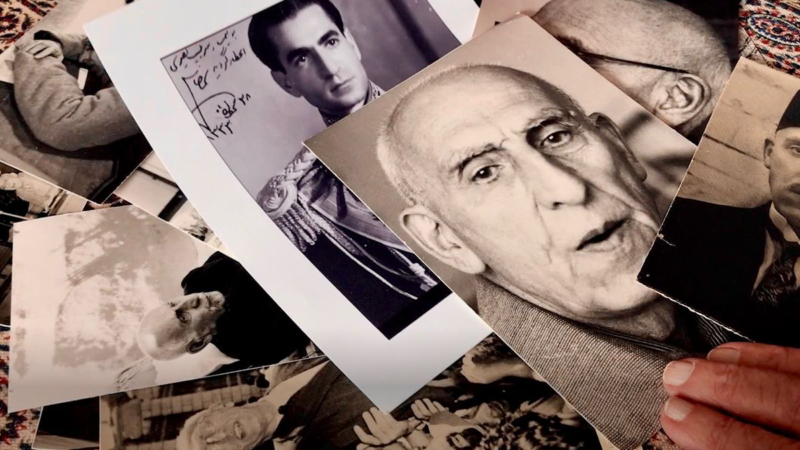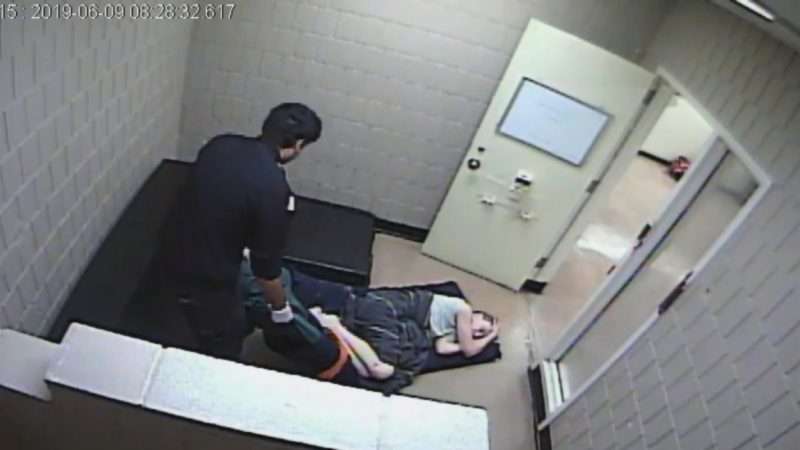
The Trump administration’s aggressive response to the demonstrations and riots that have broken out in U.S. cities following the police killing of George Floyd continues apace, with U.S. Attorney General Bill Barr reportedly suggesting that prosecutors charge demonstrators with sedition.
Barr, according to a story published today by The Wall Street Journal, encouraged prosecutors on a conference call last week to charge violent protestors with federal offenses wherever possible. The attorney general encouraged the use of sedition charges even in contexts when state charges would apply, reports the Journal, which spoke to several people familiar with the call.
Federal sedition law makes it a crime for two or more people to “conspire to overthrow, put down, or to destroy by force” the U.S. government, and it comes with a potential penalty of 20 years in prison.
The invocation of rarely used sedition laws to go after protestors is raising alarm among civil libertarians and some legal experts.
“If you start charging those people, even if you don’t get a conviction, it may make people think twice before going out to exercise their right to free speech,” said Jenny Carroll, a University of Alabama law professor, to the Journal.
“Treating protest as a form of sedition won’t stand up in court, but that is clearly not the point here,” Somil Trivedi, an attorney with the American Civil Liberties Union (ACLU), tells Reason. “This is a tyrannical and un-American attempt to suppress demands for racial justice and an end to police violence. Independent and ethical prosecutors should reject this administration’s authoritarian impulses.”
So far, the federal government so far charged 200 people with violent offenses, including gun charges, related to recent protests. That includes two New York lawyers who’ve been charged with federal explosives charges for torching an empty police car. If convicted they could face life in prison.
Barr’s reported encouragement of sedition charges follows a summer of federal agents deploying aggressive tactics against protestors.
In Washington, D.C., Barr himself ordered police to clear peaceful demonstrators out of Lafayette Square so President Donald Trump could pose in front of St. John’s Episcopal Church.
In Portland, Oregon, U.S. marshals and agents under the control of the U.S. Department of Homeland Security (DHS) took to arresting protestors in unmarked vans. The federal courthouse building in Portland had become a target of both nonviolent and violent protests.
The ACLU of Oregon filed a lawsuit against DHS and the U.S. marshals in July, accusing them of assaulting journalists covering the Portland protests and other aggressive tactics.
Earlier this month in Washington state, a task force that includes federal agents killed Michael Reinoehl, a suspect in the fatal shooting of a Trump supporter during a Portland protest. In a subsequent interview, Trump said: “This guy was a violent criminal and the U.S. Marshals killed him…And I will tell you something: That’s the way it has to be. There has to be retribution.”
Both Trump and Barr have both pointed to antifa and other leftist radicals to justify an aggressive federal response to violence at protests around the country.
Left-wing groups aren’t the only ones being subjected to a federal crackdown. In late August, the FBI conducted a truly absurd sting on two Boogaloo Boys (an ideologically heterodox movement that predicts a coming civil war) who attended demonstrations in Minneapolis. The feds accuse them of trying to sell weapons to Hamas.
Arson, vandalism, and other acts of rioting have accompanied many of the anti-police-brutality protests around the country. But since this violence is often adjacent to protected First Amendment activities, law enforcement’s response needs to be careful, targeted, and proportionate. We should try to stop the violence and vandalism, but peaceful protesters shouldn’t be unjustly punished or otherwise dissuaded from exercising their rights to free speech and assembly.
By encouraging prosecutors to be as punitive as possible, Barr appears to be taking the exact opposite approach. His suggestion that they dust off sedition laws should alarm all civil liberties advocates.
from Latest – Reason.com https://ift.tt/2FEBPG9
via IFTTT




